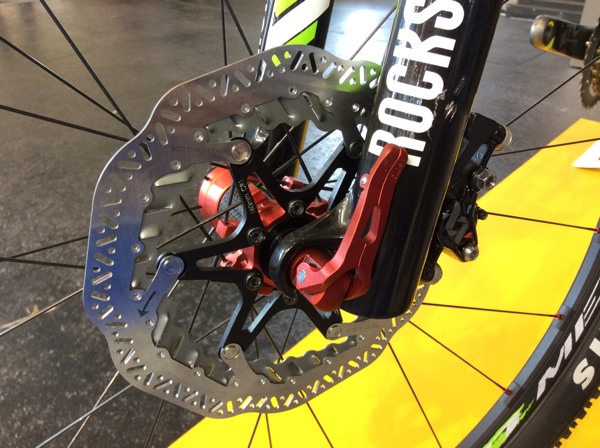
Jagwire is jumping straight into the premium category with their new Elite CR1 vented 3-piece brake rotor.
The three piece design pairs a stainless steel braking surface with stamped aluminum fins pinned to them. Those sit on a forged alloy spider, which helps keep the whole thing very stiff.
They’ve benchmarked them against Shimano’s IceTech rotors, and they say performance is equivalent, even being a hair better, for the first 100 seconds they’re the same. And how often are you braking for 100 seconds? Performance, in their tests, refers to heat management. Theirs stayed a bit cooler during the first minute of braking…
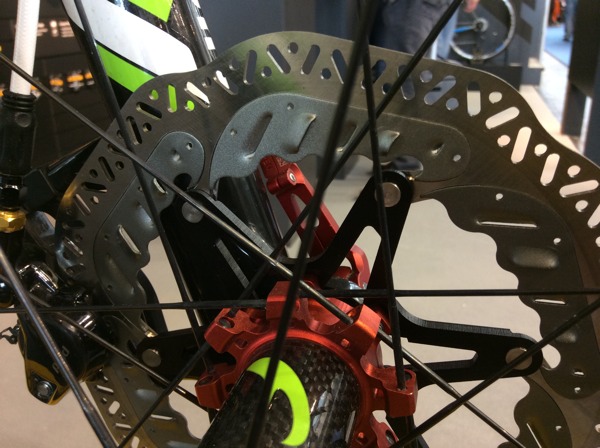
It’ll come in 160mm and 180mm sizes to start.
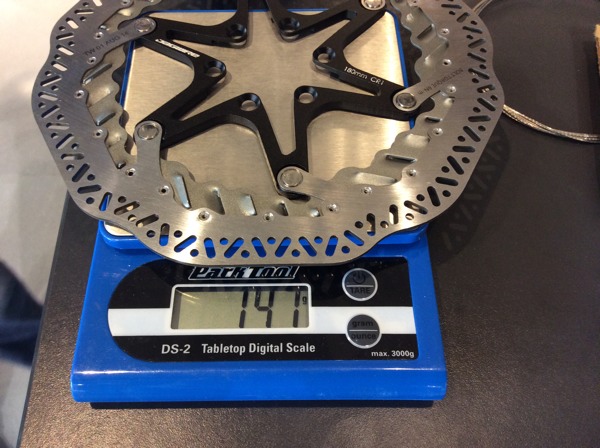
Weight for the 180 is 147g.
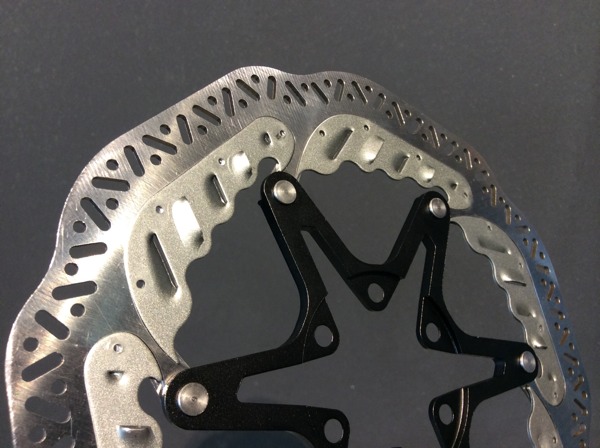
The air scoops alternate directions to help pull heat out of the metal.
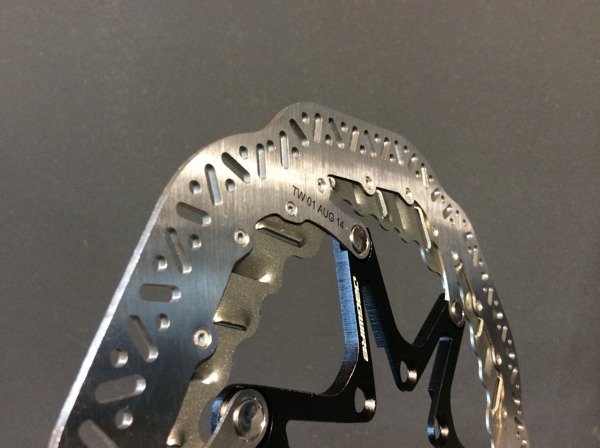
The key benefit is price. It’ll retail for 5% to 10% less than IceTech. Look for them to be €58 / $65 (160mm) and €59 / $70 (180mm). It’s also 6-bolt, which opens up mounting options.
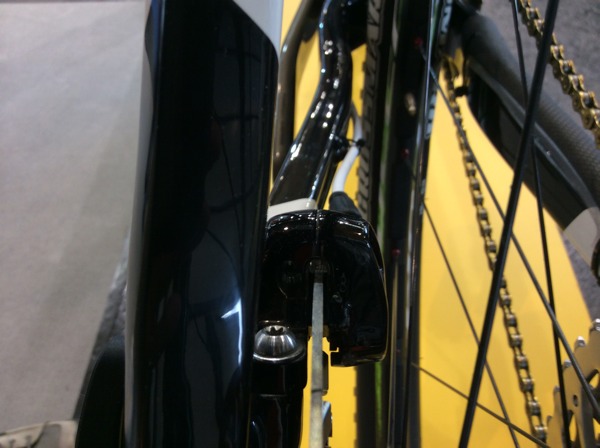
They’ve tested it on lots of different brakes and haven’t yet run into any clearance issues caused by the finned air scoops.